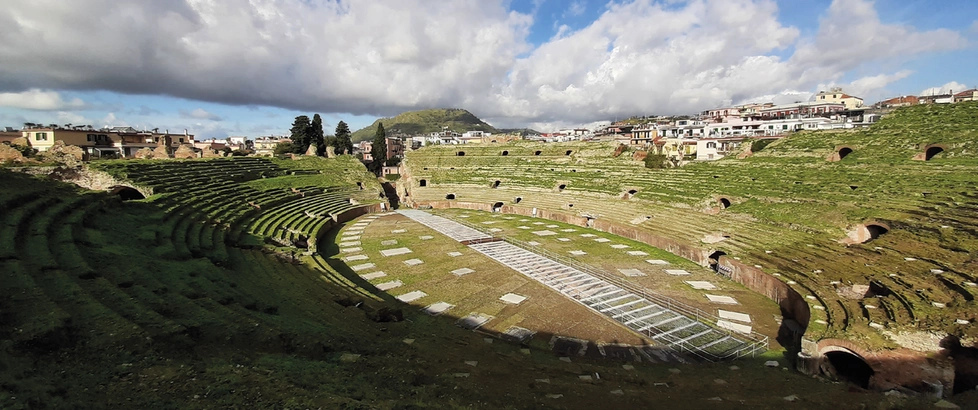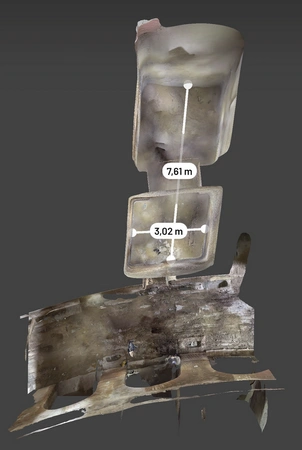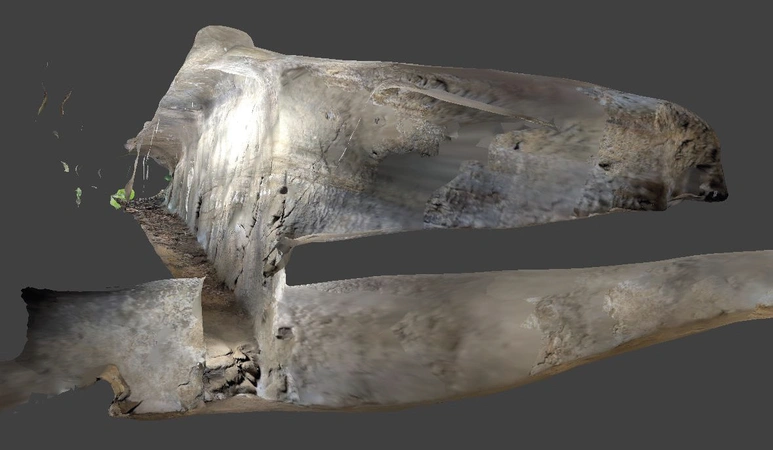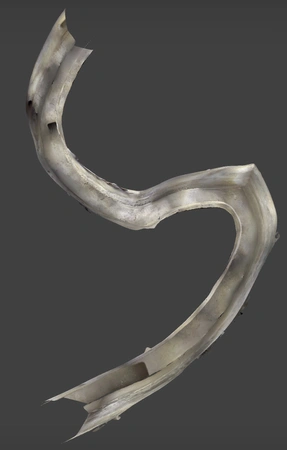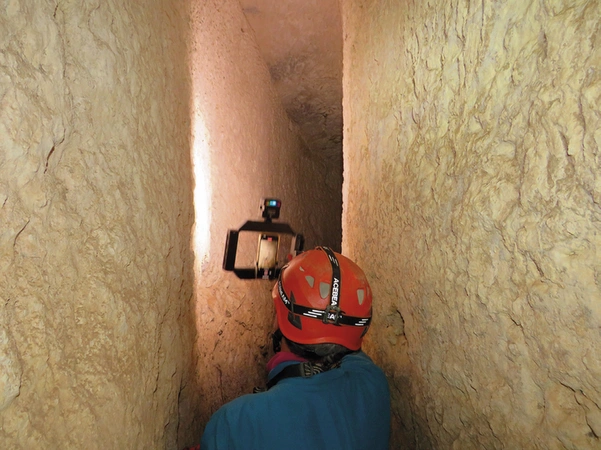De Simone D., Ferrari G. W. 2024, 3D LiDAR modeling with iPhone Pro in an archaeo-spelaeologic context. Results and prospects , in R. Brancato, J. Bogdani, V. Vitale (eds.), Linking Pasts and Sharing Knowledge. Mapping Archaeological Heritage, Legacy Data Integration and Web Technologies for Modelling Historical Landscapes (Naples, 13th-14th November 2023), «Archeologia e Calcolatori», 35.2, 421-430 (https://doi.org/10.19282/ac.35.2.2024.44)
Copy to clipboard Download: BibTeX3D LiDAR modeling with iPhone Pro in an archaeo-spelaeologic context. Results and prospects
Daniele De Simone, Graziano William Ferrari
«Archeologia e Calcolatori» 2024, 35.2, 421-430; doi: 10.19282/ac.35.2.2024.44
Abstract
For some years now, both in the archaeological and speleological fields, experiments have been carried out with portable MLS (Mobile Laser Scanner) or HMLS (Hand-held Mobile Laser Scanner) scanners that use LiDAR (Light Detection and Ranging) technology. This choice is due to their basic characteristics such as ease of use, reliability, efficiency and (a fact not to be underestimated) low costs compared to traditional indirect survey systems. These characteristics have made these tools extremely popular, especially since this technology can be used by owners of Apple devices, which has made it available for its tablets and smartphones, thanks to the ever-increasing sensor miniaturization. On the basis of some encouraging data presented in an archaeometry paper (Fiorini 2022) and from direct experiences in various underground sites proposed by several Italian caving groups, the authors have decided to test the device performance in the context of exploration and research on artificial cavities in the archaeological field which, very often, due to size and constraints, do not allow the use of other devices. Through the presentation of some case studies, it was possible to show the advantages and the limitations in the use of this technique in the archaeo-spelaeological field.
Figures
3D Models
Preview
Subjects:
Virtual Reality and 3D Modelling Cultural Resource Management
Download (PDF)Publishers:
CNR - Istituto di Scienze del Patrimonio Culturale
Edizioni All'Insegna del Giglio
This website uses only technical cookies strictly necessary for its proper functioning. It doesn't perform any profiling and doesn't use third party cookies of any kind.
Read our privacy policy for additional information.
By clicking 'OK' or closing this banner you acknowledge having read this information and accept the website's contents.

